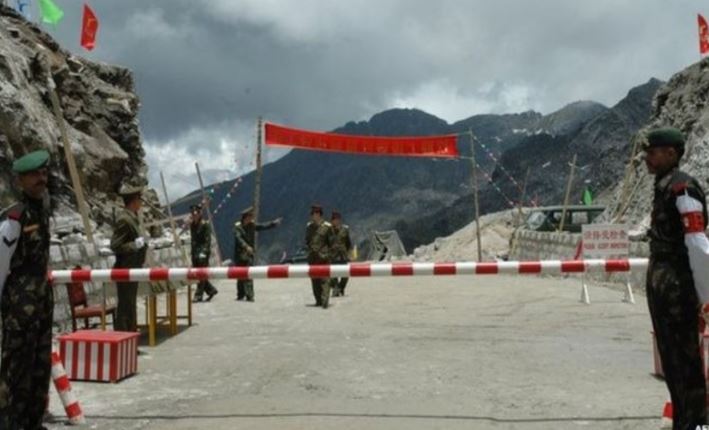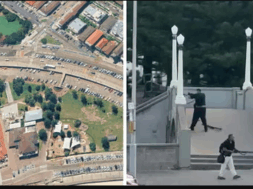
India’s Increased Focus on Border Development in Arunachal Pradesh close to the Sino-Indian Border
New Delhi: The Indian Government approved the construction of 18 border patrol foot tracks covering 600km of the Indo-China border in Arunachal Pradesh at a cost of Rs 1,1162 Cr.
Arunachal Pradesh (AP) accounts for nearly 32% of the 3,488 km long international border between the 2 countries. The rest of the border runs through Sikkim, Himachal Pradesh, Uttarakhand, and Ladakh. Kiren Rijiju, MP from Arunachal Pradesh and Minister(GoI), stated that development works had picked up since 2014.
The move is expected to help the Indian Army and Indo Tibetan Border Police improve patrolling and boost infrastructure development in the border areas.
This proposal was initiated by the Home Ministry over a year ago and is not tied to the current tense border situation and is expected to balance the extensive Chinese infrastructure development in border areas.
Currently, China is building two new rail lines near the Indian border. One of them will be operational by June 2021. These rail lines are likely to help China deploy troops rapidly near Ladakh and Arunachal Pradesh, and smoothen logistics for the People’s Liberation Army and in Tibetan Plateau.
Recently, there have been reports of Chinese construction of three villages in Arunachal Pradesh 5 kilometers from the Bum La pass.
In total, China is said to have illegally occupied at least 38,000 sq. km. of Indian land over the years. This is in line with the modern conquest has evolved after 1945. Expansionist states like China target small pieces of land which are unpopulated and unprotected, a “Fait accompli” instead of a “Brute force”. The goal is to gamble on the military occupation of a small piece of territory that is unlikely to provoke large-scale war.
To counter China, A proactive policy on the border, including development projects in the frontier region, is necessary to check Beijing’s encroaching strategies. To prevent Chinese settlements in lower-lying areas, local populations are likely to be as important as the Indian army.
In the past few years, India has focussed on improving border infrastructure. The 255km (140-mile) Darbuk-Shyok-Daulat Beg Oldi (DSDBO) road – which winds through mountain passes up to the world’s highest airstrip more than 5,000m above sea level in the Ladakh region – was finished last year after nearly two decades of work. Its completion could increase India’s ability to move men and materiel rapidly in a conflict.
In 2006, the government of India asked the Border Roads Organisation (BRO) to lay down 61 roads, measuring 3,324 km, along its border with China by 2012. That date came and went. By March 2015, only 625 km was done. Work crawled and unfinished roads persisted.
In March 2018, the number increased to 981Km, but by March 2020 the figure for finished roads shot up to 2486 KM with major gains in J& K and Ladakh.
(Sanket Mehta)













